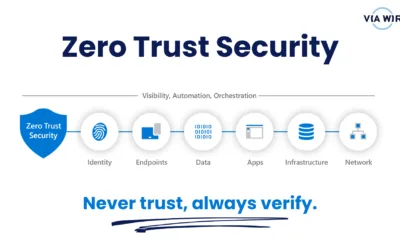 When you use technology you know that eventually something will go wrong – and usually just when you need it to work urgently. It’s part of your business continuity planning to have a plan B (and sometimes a plan C too) for what happens when things don’t work as they should. One of the things on your list should be having good IT support.
When you use technology you know that eventually something will go wrong – and usually just when you need it to work urgently. It’s part of your business continuity planning to have a plan B (and sometimes a plan C too) for what happens when things don’t work as they should. One of the things on your list should be having good IT support.
A good IT support company will give you some procedures to follow – this may be a specific email or telephone number for emergencies. Even if you normally deal with a particular person for non-urgent issues, you’ll usually get a much faster response by ringing/emailing the emergency support.
In larger organisations having a designated person who handles queries on your behalf is a good plan so that, if a fault occurs in more than one place, the responses can be coordinated and tracked.
When you do contact your support service for help the more detail you provide about what has actually gone wrong will mean your support team will have a better chance of fixing it quickly. This means that outlining:
- The actions that the user took before the fault occurred
- Any error messages you got (or better still a screenshot showing what you’re seeing)
- Whether this is a one-off or recurring issue
Will all help the diagnosis to be quick and accurate and ensure things are back on track as quickly as possible.
There are some basic things that you should also do – and your IT support will give you a list of these, such as rebooting machines, checking your broadband connection and WiFi system – before calling so you can identify whether any of these are part of the problem. Obviously, it depends on your system set-up as to what is appropriate, so your IT support company should give you a bespoke checklist. Check out this post for more information.
As we all rely heavily on our IT, anything that you can do to get back up and running as quickly as possible is simply good sense.



0 Comments